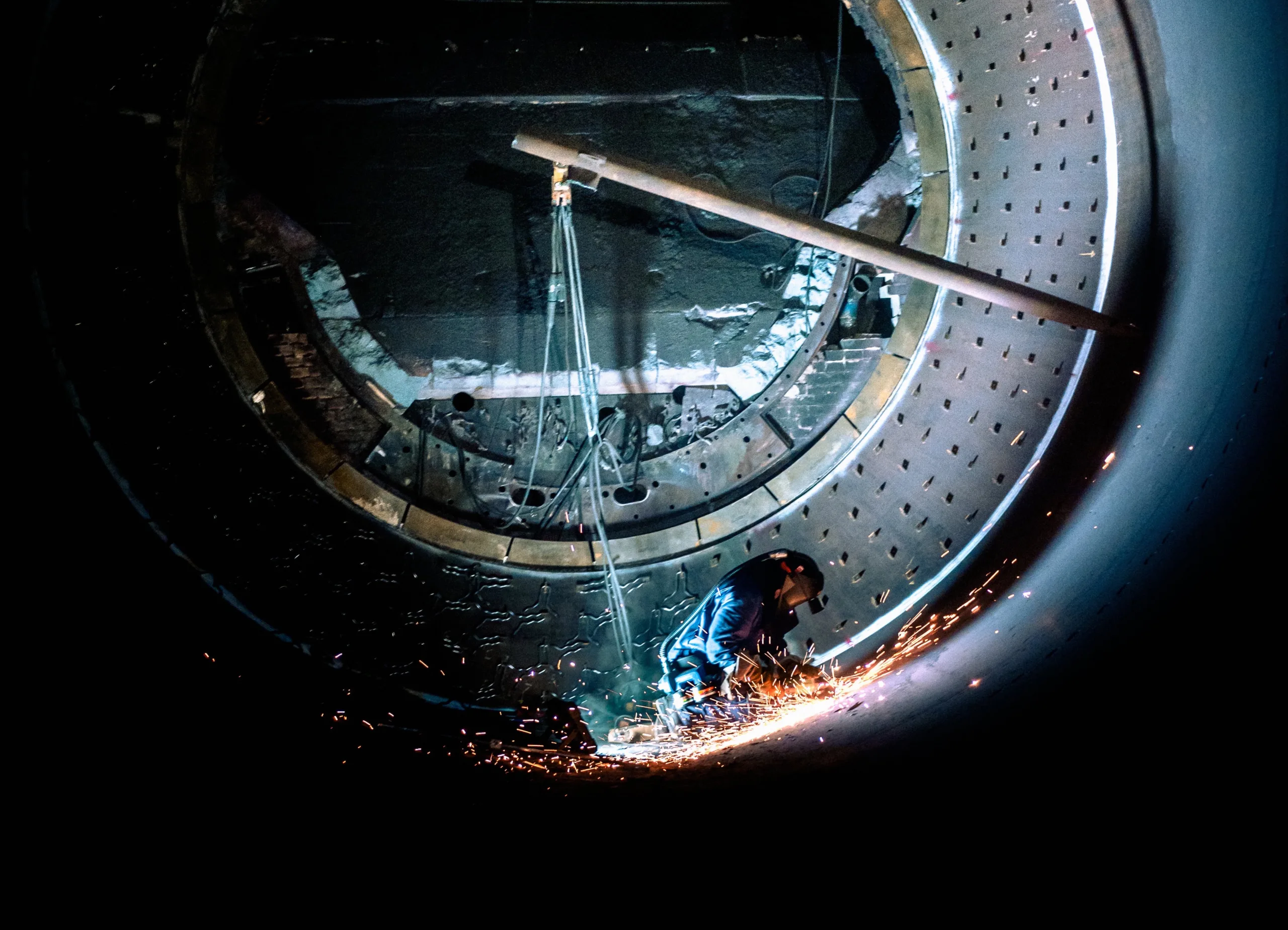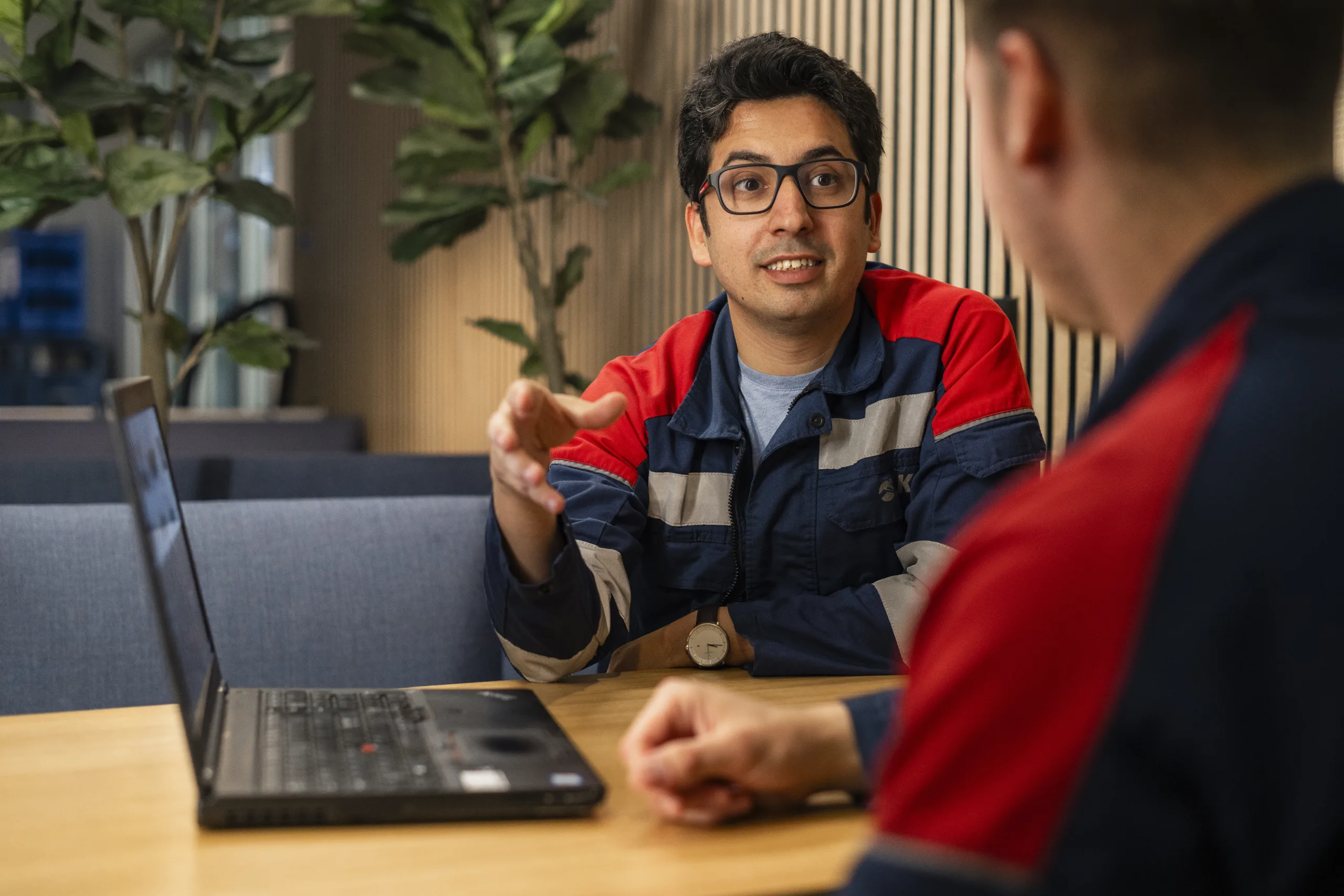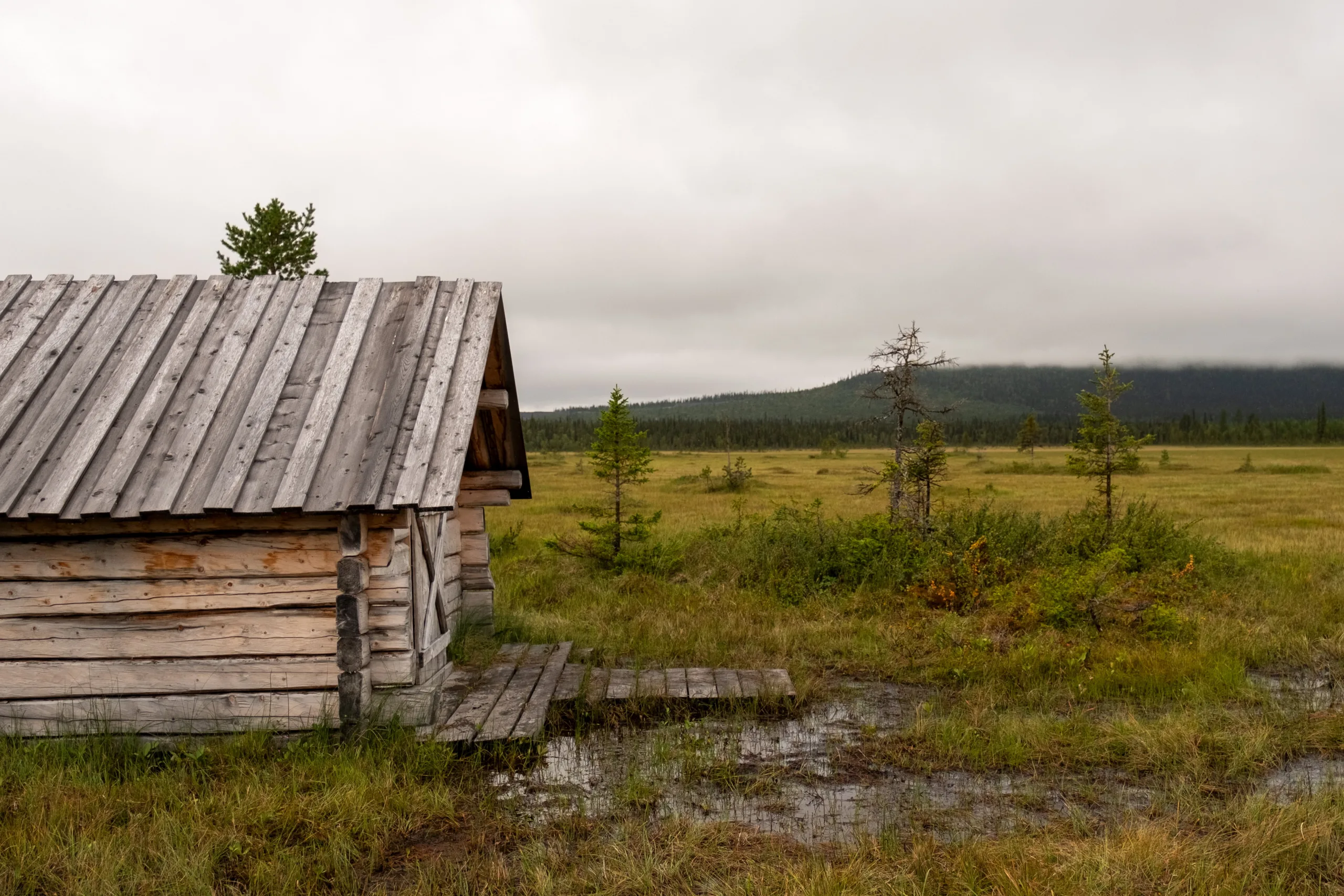LKAB Q4 and full year 2016 – Stable production, but profits brought down by non-recurring items
LKAB’s fourth quarter indicates stable production and delivery volumes, but profits were weighed down by the costs of urban transformation provisions and impairment losses for the Mertainen open-pit mine. For the full year 2016, production and and delivery volumes increased, with record levels of pellet production and reduced costs. Despite this, non-recurring costs lead to a loss for the year.
LKAB’s fourth quarter indicates stable production and delivery volumes, but profits were weighed down by the costs of urban transformation provisions and impairment losses for the Mertainen open-pit mine. For full year 2016 LKAB is reporting increased production and delivery volumes, record levels of pellet production and reduced costs. Despite this, non-recurring items meant that the result for the year was a loss.
The operating loss for the fourth quarter was MSEK -1,844 ( -351), impacted by impairment losses for the Mertainen open-pit mine at MSEK -1,192 and costs of urban transformation provisions at MSEK -1,179 (-479). Underlying operating profit increased to MSEK 527 (128).
The operating loss for full year 2016 was MSEK -1,677 (-7,156). The result was affected by non-recurring items in the form of impairment losses for Mertainen and the costs of urban transformation provisions. In addition, profits were also weighed down by hedging carried out in order to alleviate the effects of price and exchange rate changes in the market. These were entered into at the lower iron ore prices that prevailed during the fourth quarter 2015 and first quarter 2016, which meant that LKAB was not able to take full advantage of the price increase during 2016. Underlying operating profit increased to MSEK 1,621 (1,548).
For full year 2016 the production volume increased to 26.9 (24.5) Mt and deliveries to 27.0 (24.2) Mt. During the year LKAB also recorded its highest ever delivery volume for pellets, at 22.7 (20.3) Mt. Expenses – excluding provisions for urban transformation, depreciation and volume effects – were around MSEK 700 lower than last year, an effect of cost-cutting measures implemented with the aim of reducing the cost base by at least MSEK 800 by the end of the first quarter 2017.
“2016 was our best production and delivery year for a very long time. During the year we made progress in a number of operational areas, with increases in production and efficiency as well as lower costs. Profits were weighed down by non-recurring items, but when these are excluded we can see improvement in the underlying result,” says LKAB’s President and CEO Jan Moström.
The urban transformation measures are essential for securing continued mining. During the quarter an agreement was signed between the Swedish Transport Administration and LKAB for the financing and construction of a new section of road E10 around Kiruna. In October an agreement was signed with Gällivare municipality on compensation for the municipal premises that need to be decommissioned in Malmberget. This resulted in increased costs for urban transformation provisions during the quarter.
“The operating locations and LKAB have a strong common interest in securing long-term sustainable mining operations in the Swedish orefields. In 2017 our focus is on strengthening our long-term competitiveness through increased production, a focus on costs and effective utilization of the investments made in LKAB in partnership with our stakeholders,” says LKAB’s President and CEO Jan Moström.
LKAB is an international high-tech minerals group that mines and upgrades the unique iron ore of northern Sweden for the global steel market. Sustainability is core to our business and our ambition is to be one of the industry’s most innovative, resource-efficientand responsible companies. The group had sales of more than SEK 16 billion in 2015 and employs about 4,500 people in 13 countries. Other group business include industrial minerals, drilling systems, rail transport, rockwork services and property management.




